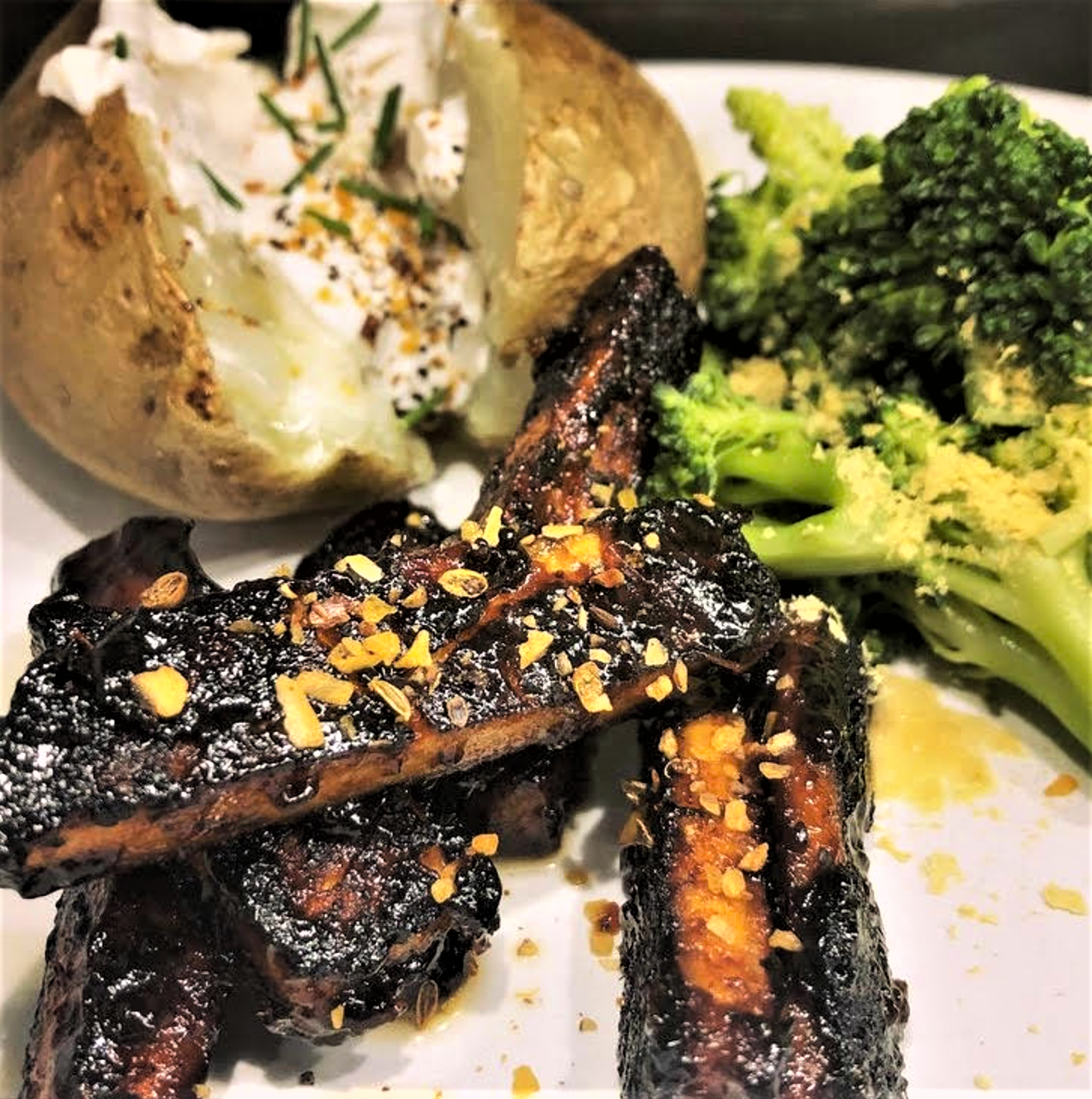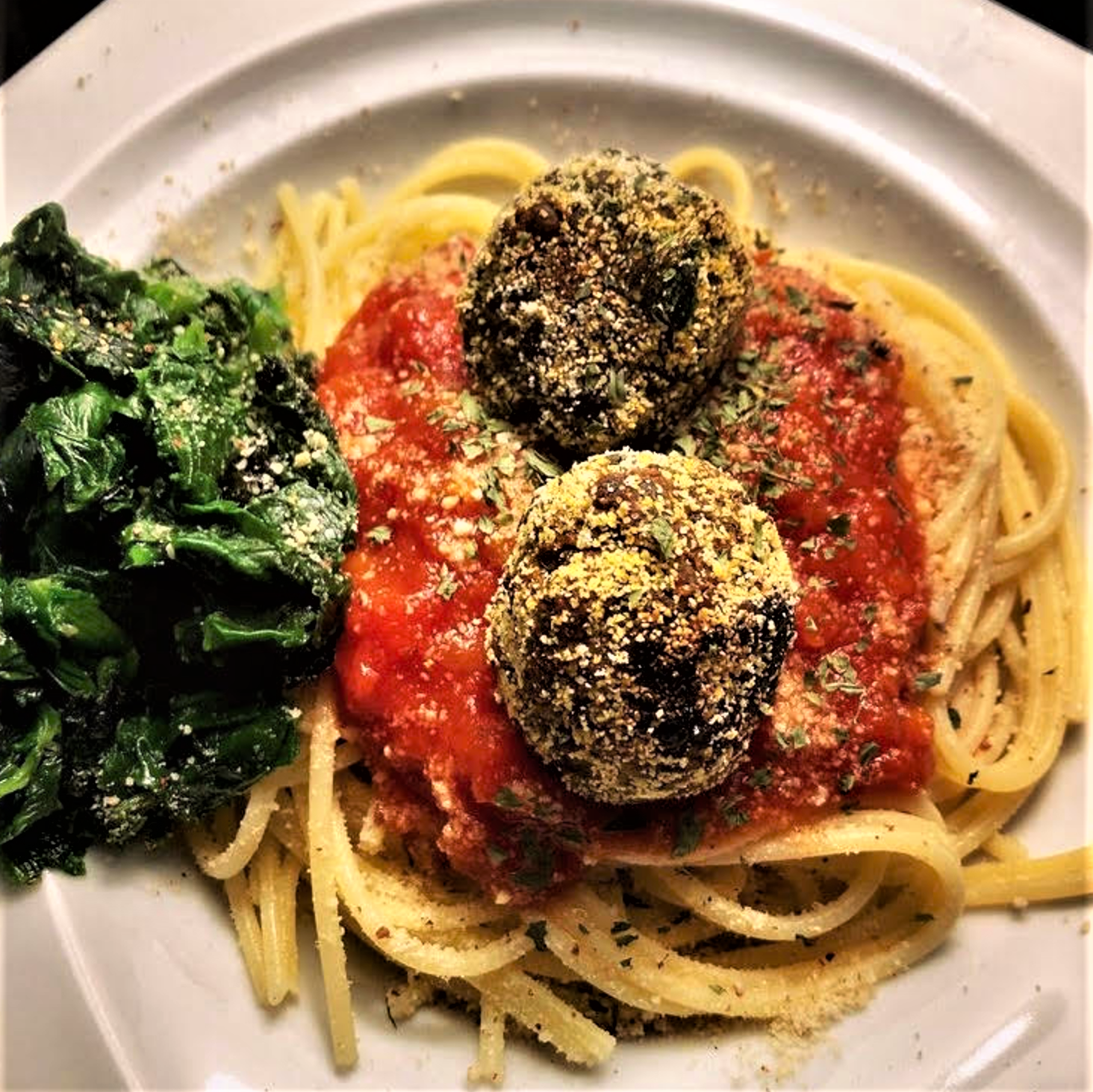By Jessica Scott-Reid
Jessica is a Canadian writer, animal advocate and plant-based food expert. Her work appears regularly in media across Canada and the US.
The number of people who signed up to participate in Veganuary — the month-long challenge to eat exclusively plant-based — hit a record number this year. It can be assumed that many more, beyond the reported 500,000 (up from 350,000 last year), are also doing it without signing up on the organization’s website. That’s how I did it, four years ago, when the trend was in its infancy. I just dove in. With the help of a few vegan websites and some vegan friends, I easily figured out how to swap beans in place of beef, tofu in place of chicken and cashews in place of dairy. By the end of the month, I was hooked.
But it wasn’t just the ease and joy of my newfound cooking and eating regime that kept me going plant-strong. It was all that I learned about the widespread cruelty inherent in animal agriculture, and the industry’s massive impact on the planet. Knowing that I could essentially cut my eco-footprint in half by just eating plant-based — how could I give that up?
Joseph Poore, environmental researcher at the University of Oxford, estimated that thanks to the 350,000 people who participated in Veganuary last year, global carbon emissions would have been cut by about 45,000 tons, according to The New York Times. At the individual level, eating plant-based for just one month can save approximately 33,000 gallons of water, 1,200 pounds of grain, 900 square feet of forest, 600 pounds of CO2, and 30 animal lives, according to thevegancalculator.com.
Now, multiply that by 12 months. Multiply that by a lifetime.
Photo: Spaghetti and lentil balls. Preparation and photography by Jessica Scott-Reid.
Of course the premise of Veganuary is to not overwhelm participants with the commitment of going vegan long-term, but rather to just give it a try. Canadian registered dietitian Dr. Pamela Fergusson, suggests looking to meals you already make and enjoy on a regular basis, and finding ways to incorporate plant-based proteins and alternatives in place of meat, dairy and eggs. “It’s so easy to transform classic dishes into vegan versions” she says, citing burgers, curries, lasagna, shepherd’s pie and stir-fries as examples. For those looking to substitute ground meat, Fergusson suggests giving a store-bought meat alternative a try, “or you can go for a lentil, mushroom and chopped walnut mixture.” To replace chicken in stir-fries or curries, she suggests using chickpeas, soy curls or tofu.
The easiest plant-based swaps I found when I first went vegan, was incorporating beans in place of meat, into dishes like tacos, chili, soups and salads. But then came the issue of cheese. It’s so common to hear the phrase, “I could never go vegan because I could never give up cheese.” I’ve uttered such words myself. Thankfully, dairy-free cheeses have come a long way in recent years, as have recipes for making your own nut or tofu-based cheeses at home. Today, tofu feta and cashew parmesan are staples in my house. Admittedly though, it took some time to get here. But one recipe in particular, showed me that going dairy-free was not going to be the hell that I — and most others — anticipated. This cashew-based, camembert-style dip from Bosh.tv continues to be a winner among all my vegan and non-vegan friends alike: https://www.bosh.tv/recipes/camembosh
Photo: Lentil shepherd’s pie. Preparation and photography by Jessica Scott-Reid.
It’s important to note that eating plant-based is not an entirely green or cruelty-free endeavour. Cashews, for example, can come with some human rights issues regarding worker conditions. (Thankfully, Fergusson has a great e-cookbook featuring less-problematic sunflower seeds as a dairy replacer in many meals.) Plastic packaging of processed vegan products is also something to consider, as is the importation of out-of-region and out-of-season foods. But, as environmental researcher Nicholas Carter told Planet Friendly News in 2020, citing the work of Poore and fellow researcher Thomas Nemecek, “even the highest-impact vegetable, like tofu for example, still emits less than the lowest-impact animal protein.” In other words, he said, “a kilo of soy shipped halfway round the world inflicts much less atmospheric harm than a kilo of chicken or pork or beef reared on the local farm.”
Veganism may not be the silver bullet to saving the planet from climate chaos, but according to recent and emerging environmental research, consuming plant-based proteins rather than animal products does translate to a measurable positive impact, particularly regarding land and water usage, and greenhouse gas emissions. Today, with a booming plant-based product market and greater accessibility to a wide range of whole plant foods, going vegan is both the least and the most we can do to help curb the effects of climate change. Veganuary is a great way to start. And February will be a great time to keep it going.
In the coming months, Planet Friendly News will share more from Jessica Scott-Reid about plant-based eating — including recipes, and information on how making the switch directly impacts the planet and animals. Stay tuned!
Sign up below to receive “Planet Friendly News” every month.



